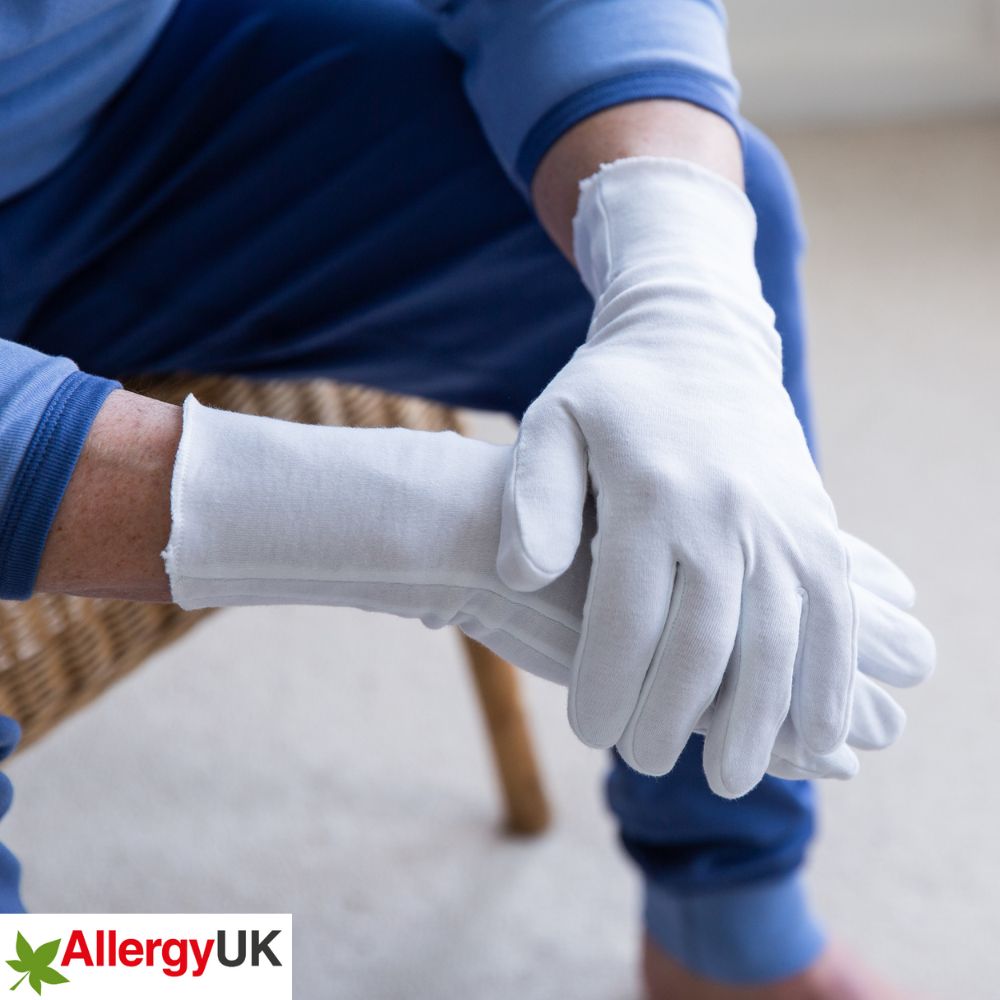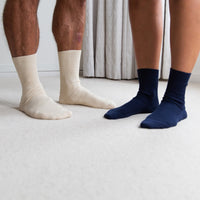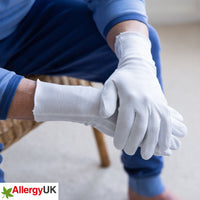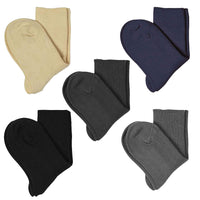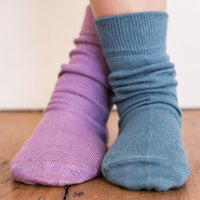
The Price Puzzle: Why is your clothing so expensive?
The Price Puzzle: Why is your clothing so expensive?
We try to limit our pricing to make our clothes as accessible as possible, but we also need to stay in business in order to provide thoughtfully crafted eczema clothing. In this blog, we'll delve into the factors behind the costs of our garments.
1. Organic Cotton Production Costs and Limited Availability
All our in-house garments are made from 100% Organic Cotton. Organic cotton is cultivated without synthetic pesticides and genetically modified seeds, demanding more labour-intensive farming methods and yielding lower crop quantities compared to conventional cotton. Farmers must invest substantially in pest control, soil management, and organic certification. As such, the premium price tag for organic cotton starts with the production costs, exceeding those of conventional cotton.


Organic cotton, by its nature, comes with limited availability compared to conventional cotton. Not only does the transition of fields to organic practices take time, but the certification process is time-consuming and costly. As a result, the demand outweighs the supply which drives up the costs.
2. Limited Production Quantities
We favour small-scale production houses that are diligent about their waste and uphold stringent quality control. In addition, as a small company we can only afford to order the minimum quantity our factories will make – around 300 units each time per style. Producing in smaller batches leads to higher production costs per unit, as labour, use of specialised machinery and setup expenses are distributed over fewer items. Consequently, the price per piece rises.
3. Specialised Machinery
Clothing, like our Eczema Pjs, with ‘proper’ flat seams (where the fabric is edge to edge rather than just overlapped fabric oversewn) demands specialised ‘flatlock’ machinery. This type of machinery is not available in many factories, limiting our choice of production partners and increasing their investment requirements.

4. Cotton Covered Thread
In contrast to standard polyester thread used in conventional clothing, we use cotton covered polyester or ‘polycotton’ where the core is still strong but it is covered in cotton which is kinder to the skin. Polycotton thread boasts superior durability and flexibility than pure cotton thread which can break easily in machines. This of course costs more than its standard counterpart, increasing the overall production expenses and consequently the retail prices.
5. Transportation Costs
Global shipping costs have surged due to supply chain disruptions stemming from the COVID-19 pandemic and these have remained high, exacerbated further by new paperwork and filing requirements due to Brexit. We have looked into making more clothes in the UK but the production costs here are simply too high for us at the moment, and the organic cotton would still need to be imported.
6. Import Duties
Post Brexit we have lost the benefit of EU trade agreements in place with non-EU countries. The specific product and country of origin determine the customs duties applied, contributing to the final cost of imported goods. Until these are replaced we now incur duty from almost anywhere outside the EU – e.g. 9.6% from India (where our lovely soft new kids PJ’s were made), 12% from Bosnia or Croatia (where some of our Living Craft garments are made) – all of which are places that we import from. It is also a very complex situation which has taken an enormous amount of our own time, involving us to seek advice from third parties (at a fee).
7. Sustainable Practices and Fair Wages
We are dedicated to ethical and environmentally responsible practices. We ensure we only use suppliers that prioritise fair wages for workers, safe working conditions, and sustainable manufacturing processes. While we stand by these commitments, they entail higher production costs.
8. In-house costs
Whilst the cost of organic cotton and production processes make up the bulk of our pricing, we also have in-house costs to contend with. This includes labels, post and packaging, marketing, staff wages, warehouse costs, and utilities which all contributes to the price of a scratch mitten t. Our margins are as low as they can be to ensure that we can cover these costs whilst providing you with high-quality and long-lasting clothing.
So is it worth it? Clearly we think so and so do 98% of our customers who said our clothing has made a difference to their eczema!
As well as being more environmentally friendly, our organic cotton clothing is kinder to the skin, softer and longer lasting than conventional cotton.
The longer lifespan should make them a relatively cost-effective choice in the long run and enable others to use them if you grow out of them – our recycle/reuse scheme with Tern is just one way we are hoping to help you do this.



